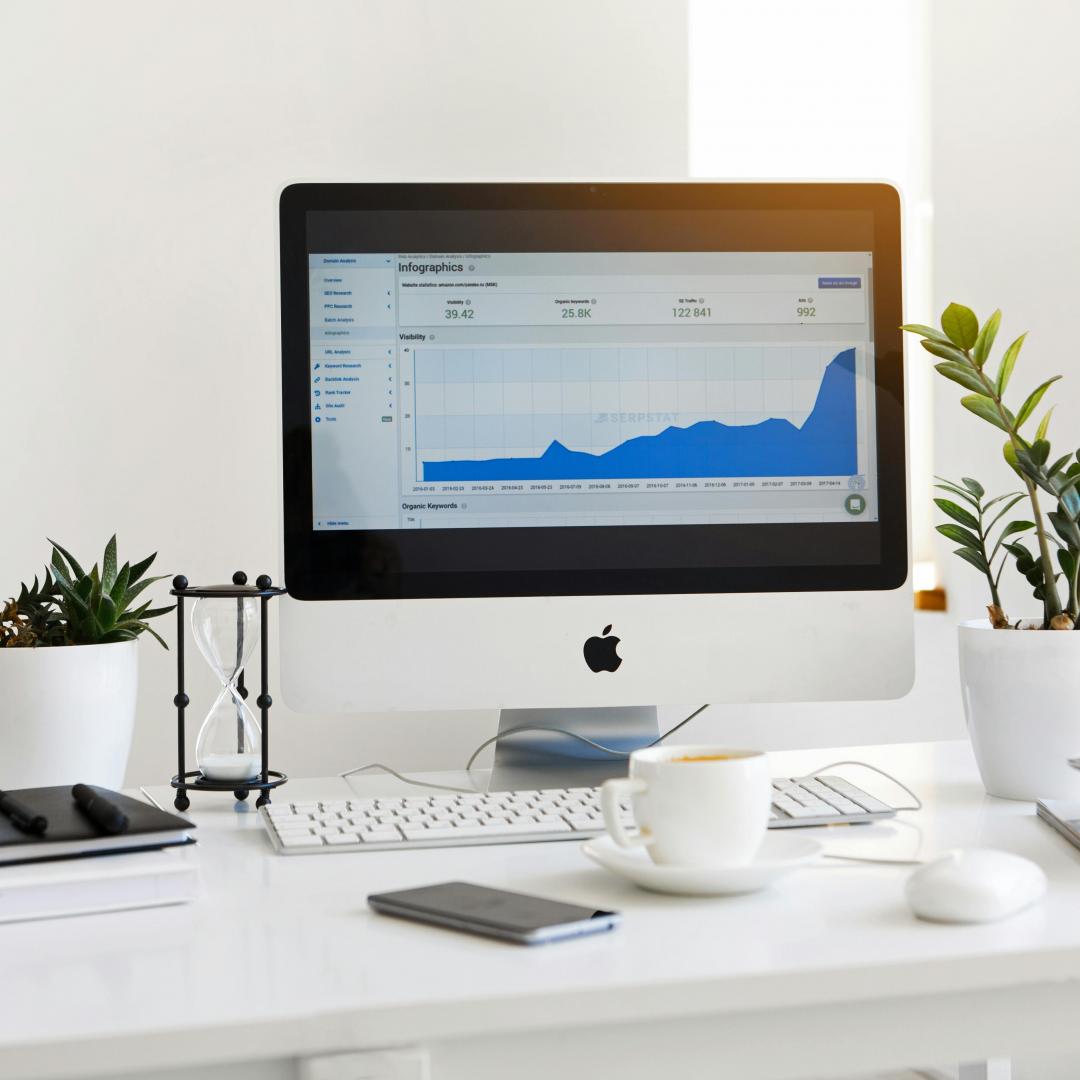How to Organize Your Workspace for Focus
Creating a workspace that fosters focus can be transformative. Whether you're working from a home office, a corporate environment, or even a shared co-working space, an organized workspace can significantly enhance your productivity and work satisfaction. Here's how you can reorganize your workspace to boost focus and efficiency.
1. Declutter and Prioritize Essentials
The first step towards an organized workspace is decluttering. Analyze your desk and remove items that don't directly contribute to your tasks. Keep only the essentials within arm's reach; this typically includes your computer, notepad, and writing tools. A clutter-free desk minimizes distractions, reduces stress, and cultivates a sense of order, immediately freeing up mental space for focus.
2. Optimize Ergonomics
The physical setup of your workspace should promote comfort and health, which, in turn, supports prolonged concentration. Ensure that your chair and desk are at appropriate heights—your feet should rest flat on the floor, and your computer screen should be at eye level to avoid neck strain. Consider investing in ergonomic accessories, like a supportive chair, a keyboard tray, or a standing desk, to enhance comfort and reduce physical fatigue.
3. Harness the Power of Natural Light
Proper lighting is crucial for maintaining focus, and natural light is particularly beneficial. Position your desk close to a window to take advantage of daylight, which can improve mood and reduce eye strain. If natural light is limited, adjust your lighting system with desk lamps that provide soft yet adequate lighting, reducing glare on screens and creating a space that is easy on the eyes.
4. Personalize Thoughtfully
While personalization can make a workspace more inspiring, too much can become a distraction. Choose a few personal items that motivate you, such as a favorite quote, a family photo, or a small plant. These elements can infuse positivity and make your workspace feel uniquely yours without overpowering the environment or diverting attention from work.
5. Organize Digitally
Just as a cluttered desk can be distracting, digital clutter can be equally overwhelming. Regularly sort and organize your digital files, keeping your desktop clean and task folders efficiently labeled. Use cloud storage solutions for easy access and backup. Employ productivity apps to manage tasks and deadlines, helping maintain focus and streamline work processes.
6. Create Zones for Different Activities
If possible, divide your workspace into zones dedicated to different activities. For instance, create a separate space for computer work, reading, and brainstorming. This compartmentalization helps your mind transition more smoothly between tasks, signaling focus as you move from one area to another.
7. Implement Sound Management Strategies
Noise can be a significant disruption in any workspace. Use noise-canceling headphones to block out distractions if you're in a shared or noisy environment. You can also introduce ambient sound through music or soundscapes if silence is too isolating. Tailor your auditory environment to what helps you concentrate best.
8. Regular Maintenance
An organized workspace requires consistent upkeep. Take a few minutes at the end of each day to reset your desk, clear any unnecessary items, and prepare for the next day. This regular maintenance prevents clutter from creeping back in and keeps the space optimal for focus.
Conclusion
Designing a workspace that enhances focus is both an art and a science, requiring attention to physical, digital, and sensory elements. By creating an environment that supports your workflow rather than hindering it, you can improve your concentration, diminish stress, and increase overall productivity. An organized and thoughtful workspace serves as a foundation for achieving high performance in any task you set out to accomplish.






















